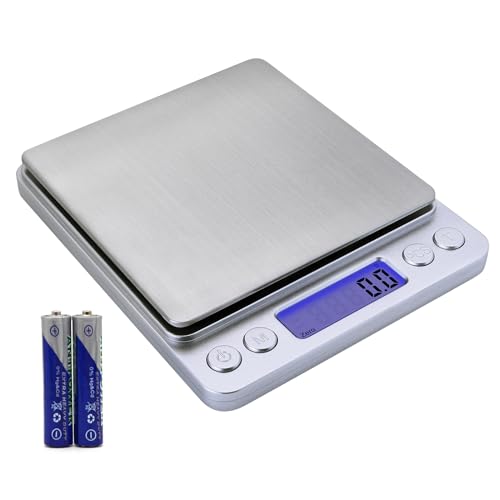Tons of good tips in this thread. Thanks to everyone for taking time to answer!
I did not know that the coconutoil would make it dry! I use coconut oil for other stuff like body butter and i thought it would be the opposite! Lesson learned!
Is there anything else than lard / Palm oil? I can get a hold of canola oil without a problem but im trying to make it vegan also. Palm oil is hard to get a hold of in sweden. We are very political correct to the extreme. The only Palm Oil you can find here is severly overpriced super ecological organic. It costs like jojoba -.-;
I wont use cedarwood again then.
Main question for now tho.
How do i check if they are fine or not?
If they are not fine, can i just put the soaps on a steel pan on the oven and melt it down, and then add the other oils and the new lye mix? Is it that simple? If the trace never happens. Can heating it up more help?
It is confusing when people dont need a mixer sometimes and its done in 5-10min and i stood for 2 hours and it still didnt trace well enough (I think)
You got a ton of great advice. I'll add my 2 cents. First, don't give up on Cedarwood EO. Just learn to work with it, just like you have to learn how to use any other ingredient.
If you want to keep it vegan, use butters. You can add another 10% shea or mango or cocoa butter. It'll help make the bars harder faster. You'll need to experiment with butters to figure out how much you can add before the soaps start feeling waxy to you.
There is nothing wrong with using all olive or a mix of olive and canola for the extra. You may need a longer cure if you use all liquid oils. Run the recipe through soapcalc and try to keep the linoleic acid at 10% or less.
As far as coconut, keep the percentage between 15% (for a milder soap) and 25% (for a more cleansing soap) for the first few batches. This is true for all oils that have high percentages of lauric and myristic fatty acids. They give you the bubbles and the cleansing. Once you know what they contribute to soap, you can play around with ratios. Jojoba is a wax and doesn't saponify for the most part. Don't use it until you have a basic recipe you like (like coconut, shea, olive/canola/almond). Then you can add Jojoba to it to see if it makes a difference in the quality of the soap. The mix of oils determines how long it takes a soap batter to trace. There is nothing wrong with using a stickblender but I prefer a wisk. Your recipe combined with the low temperature is slow tracing.
I'm assuming you bought the Jojoba premixed with other oils. Try to avoid buying premixed oils because if the percentage they give you is wrong, you end up using the wrong amount of lye.
If you decide to rebatch, you need to cut the soaps up into as small pieces as possible and put them in the oven to start them melting. Some people use double boiler, or a stove top (electric stove on very low setting with frequent stirring), or a bag in boiling water. There is no right or wrong way. I tried various ways and I find the oven easier. I just stir it once in a while. Once it is more fluid, add the additional oils and lye and mix it to thick trace this time. You can even premix the additional lye and oils before adding them to the melted soap. The final soap will look like a rebatch.
When you unmold the soap, post a picture.
Expect to spend some serious time reading the many great threads about everything soap on this forum and have fun

.















































